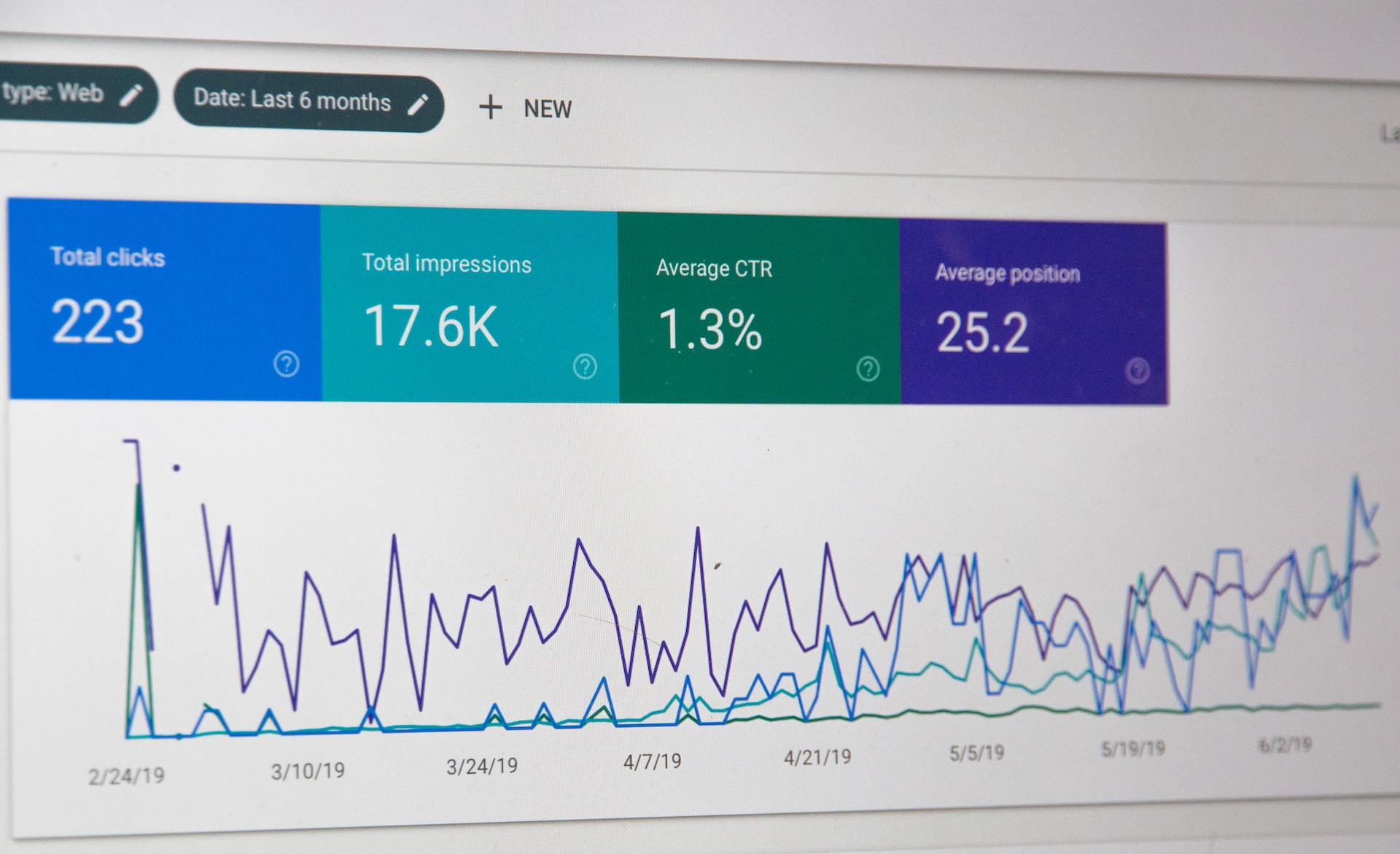The Benefits of Diversifying Marketing Channels

Step 1: Evaluate Your Existing Marketing Channels
Step 2: Research and Select a New Marketing Channel
- Audience: Identify channels that align with your target audience's demographics, interests, and behaviors.
- Competitors: Analyze the channels used by your competitors and determine whether they present opportunities or challenges for your business.
- Industry trends: Stay informed about industry trends, emerging platforms, and innovative marketing techniques that could provide a competitive edge.
- Content marketing: Blogs, videos, podcasts, and other content formats.
- Social media: Platforms like Facebook, Instagram, Twitter, LinkedIn, and Pinterest.
- Email marketing: Newsletters, promotional emails, and automated email campaigns.
- Influencer marketing: Collaborations with influencers and content creators.
- Paid advertising: Google Ads, social media ads, and sponsored content.
Step 3: Develop a Channel-Specific Marketing Strategy
- Content and messaging: Craft content and messaging that resonates with your target audience and is optimized for the specific channel, taking into account factors such as format, tone, and length.
- Posting frequency and schedule: Determine the optimal posting frequency and schedule for your content, considering factors such as audience engagement patterns and platform algorithms.
- Promotion and distribution: Identify opportunities to promote and distribute your content within the channel, leveraging tactics such as hashtags, tags, and collaborations.
Step 4: Optimize and Test Your Content
- Search engine optimization (SEO): Incorporate relevant keywords, optimize metadata, and ensure your content is easily discoverable by search engines.
- User experience (UX): Test your content's usability and accessibility, ensuring it's easy to navigate and consume on various devices and platforms.
- A/B testing: Experiment with different content variations, such as headlines, images, and calls to action, to identify the most effective approach for your audience.
Step 5: Monitor Performance and Adjust Your Strategy
Case Study: Slack's Expansion into Podcast Marketing
Successfully Launching Marketing Efforts in a New Channel
- Evaluate your existing marketing channels.
- Research and select a new marketing channel.
- Develop a channel-specific marketing strategy.
- Optimize and test your content.
- Monitor performance and adjust your strategy.
Related Courses
Unlock your app's growth and maximize revenues
Apply Product-led & Marketing-led Growth principles. No 'hacks' but a structured approach to growth by creating value for users and business
Marketing for Startups Masterclass
Learn how to research, write and execute a customer-centred marketing plan that increases your chances of survival
Ready for Launch - The PMM's Guide to Product Launches
The only course to help Product Marketers nail launches from start to finish — from research and strategy, to execution and measurement.
Digital Advertising Masterclass - Nail Your Next Campaign
Designed for startups and growth stage companies. Learn the framework and strategies used by the world's most successful brands.
Demand Gen for Early-Stage B2B Startups
Identify the best marketing channels and tactics for your business, develop your ideal tech stack, and track success with metrics and KPIs.
Go To Market Strategy Bootcamp For B2B Software
Target the right buyers for your new product. Reach them through the right channels. Convince them with differentiated positioning messages.
You might also like

Growth Marketing: The 2023 Definitive Guide

How to Start a Newsletter Business

Arielle Jackson’s Three Pillars of a Strong Brand: Purpose, Positioning, and Personality

